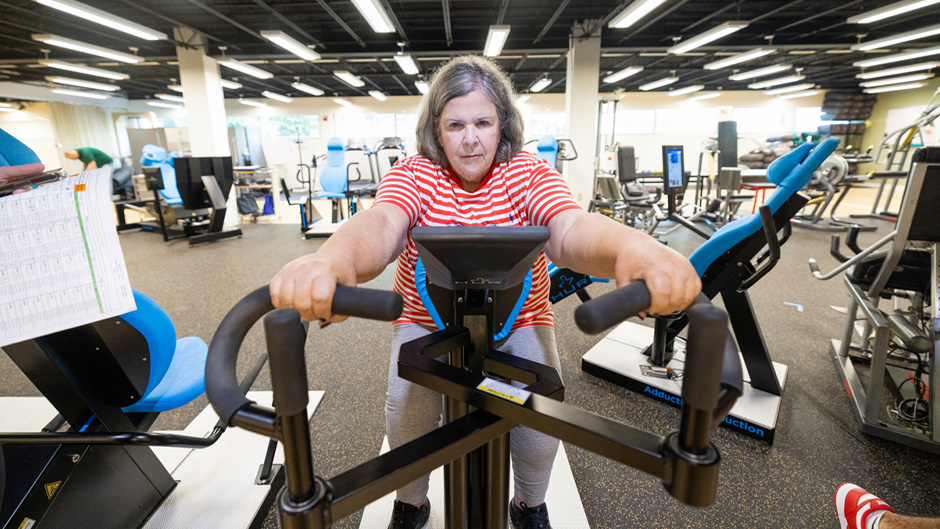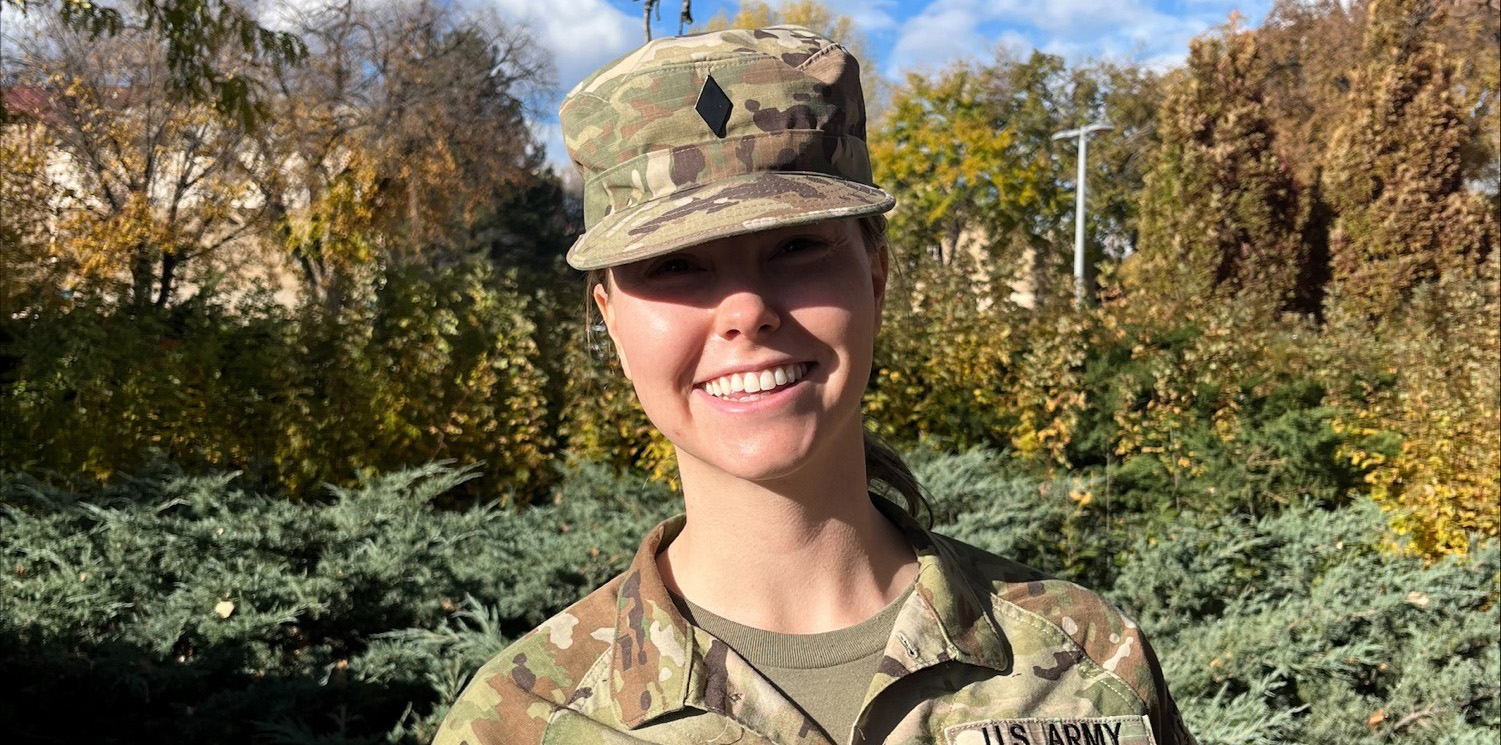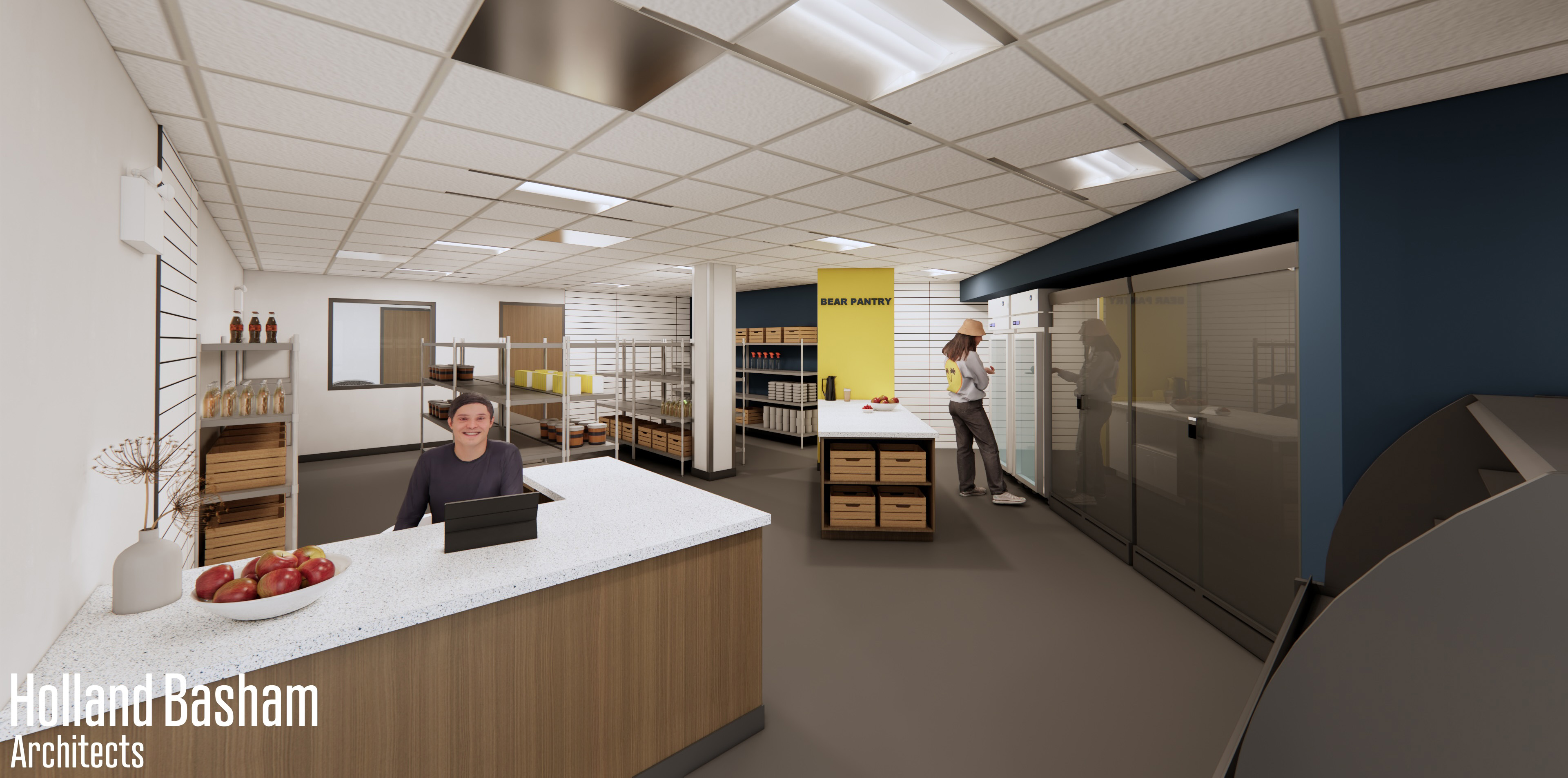The trick is not to live longer but to do so with energy and vigor, so you can continue to do the things you enjoy.
Experts have many theories on how that can be attained. In other words, how can you age well?
Experts say that aging starts after 30 years of age when cells begin to deteriorate. Decades later, however, more evident symptoms of aging appear: gray hair, memory loss, and loss of muscle function, which can result in declines in balance, strength, and the ability to perform activities of daily living. But although some signs of aging are irreversible, regaining muscle function is possible.
Joseph F. Signorile, a professor in the University of Miami School of Education and Human Development’s Department of Kinesiology and Sport Sciences, has written “Bending the Aging Curve,” a book in which he explores how to use targeted physical training to age well.
At the Laboratory of Neuromuscular Research and Active Aging in the Max Orovitz Building on the Coral Gables Campus, a study is being conducted with 29 persons over 55 years of age comparing traditional strength training to strength training that includes clustered pauses to determine which exercises can best help the subjects gain strength and mobility. This is the latest in a series of training studies designed to create exacting exercise models to target an older person’s specific needs.
“What we do here is look into the neuromuscular declines that happen as a person ages,” he said. “This results in slower contracting muscle tissue, which means that they can grow weaker and slower in their movements.”
By putting clients through a series of exercises on strength resistance machines that work their legs and arms with loads, Signorile and his graduate student assistants can gauge whether individuals have gained strength, power, and daily function.
“There is no doubt that we can rebuild muscle,” he said. “These exercises are also meant to help them be able to carry out everyday tasks, such as lifting a gallon of milk or climbing a flight of stairs.”
On a recent morning, Gladys Mendez, who, at 73 years old, is part of the study, was going through a series of exercises on weight training machines to improve the strength and movement speed of her arms and legs. This was her seventh session.
“Since I started this training, I have felt better and have more energy,” she said. “It has also helped me to be more conscious of what I am eating. I will not have a cookie and sabotage all the work I have done here in the gym.”
Nutrition is also crucial in attaining old age gracefully and nutritional needs change as we age, said Alyson Marquez, UM Dining registered dietitian.
“We need fewer total calories per day than we needed in our younger years,” she said. “This is due to a decrease in muscle mass, which begins to occur in our 30s. The loss of muscle slows down the metabolic rate.”
Activity level is another factor that determines the amount of calories needed. For some, as they age, their activity level drops, which also slows down the daily metabolic rate, she said.
It is crucial for older people to make sure to eat enough protein to offset muscle loss. This should be about 20 to 30 grams of protein per meal, three times a day, she said. Fiber, vitamin B12, vitamin D, calcium, and potassium are also nutrients that should be part of the daily diet.
Older people should be vigilant of dehydration, she said. “Dehydration is a risk factor when we age,” said Marquez. “Our thirst mechanism, which encourages you to drink, is decreased resulting in less desire to drink.”
Making and nurturing relationships is also crucial for everyone, but especially for those in their later years.
Michelle Alvarez, executive director of the Osher Lifelong Learning Institute (OLLI), which offers classes to adults over 55 years of age, has watched many of her clients flourish while taking part in many of their 120 class offerings.
“OLLI offers an opportunity for mental stimulation, friendship, social connection, enrichments, engagement, and meaning,” she said. “Our members report that their class discussions and interaction with others is something that they very much value.”
Caleb Calaway, a graduate student in the Department of Kinesiology and Sport Sciences who is supervising the strength training studio, said moving more and not less should be a constant as people age.
“Intensity is one of the most important factors affecting changes in muscle structure and function,” he said. “Therefore, older people should focus on working at higher intensities, whether targeting strength or speed of movement.”




